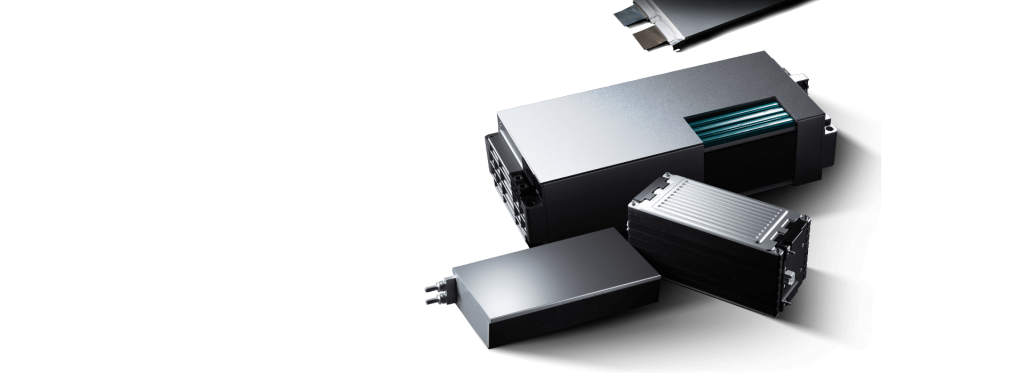Didi Global has been granted a patent for systems and methods to identify target roads. The technology involves obtaining position information from vehicles in a target region, generating a heat map of driving track points, eliminating pixels corresponding to reference roads, thinning the heat map, and determining start and end coordinates of target roads. GlobalData’s report on Didi Global gives a 360-degree view of the company including its patenting strategy. Buy the report here.
According to GlobalData’s company profile on Didi Global, V2I communication was a key innovation area identified from patents. Didi Global's grant share as of September 2023 was 33%. Grant share is based on the ratio of number of grants to total number of patents.
Identifying target roads using heat maps and vehicle positioning
A recently granted patent (Publication Number: US11748860B2) describes a system and method for identifying target roads using vehicle position information and heat maps. The system includes at least one storage medium with instructions and at least one processor. When executing the instructions, the processor obtains position information from multiple vehicles in a target region through positioning devices. Based on this information, a heat map is generated, which represents the driving track points of the vehicles along various roads in the target region. The roads include both target roads and reference roads.
To identify the target roads, the system produces an intermediate heat map by eliminating pixels corresponding to the reference roads in the road network map. This elimination process involves identifying intersections between groups of pixels associated with different driving track points, performing pixel elimination along reference lines based on a gradient threshold, and determining a target elimination result based on the overlapping of these eliminations. Background pixels are also eliminated, and an image thinning operation is conducted on the heat map. Finally, start and end coordinate information for the target roads is determined based on the intermediate heat map using a linear transformation, such as a Hough transformation.
The system can further eliminate pixels corresponding to reference roads using a stroke width transformation (SWT) algorithm or by determining a reference line along the reference road and eliminating pixels along an elimination line perpendicular to the reference line based on the gradient threshold. The reference line can be the center line of the reference road.
To eliminate background pixels, the system determines an initial boundary corresponding to a target road in the intermediate heat map, performs a level set evolution based on this boundary, determines a modified boundary, and identifies pixels corresponding to the target road based on the modified boundary.
The patent also mentions that the road network map is not associated with the target roads, and the intermediate heat map includes lines corresponding to the target roads.
Overall, this patented system and method provide a way to identify target roads using vehicle position information and heat maps, allowing for improved road analysis and navigation systems.
To know more about GlobalData’s detailed insights on Didi Global, buy the report here.
Data Insights
From

The gold standard of business intelligence.
Blending expert knowledge with cutting-edge technology, GlobalData’s unrivalled proprietary data will enable you to decode what’s happening in your market. You can make better informed decisions and gain a future-proof advantage over your competitors.







